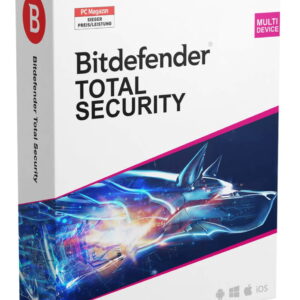The Threat of CONTINUATION Flood Attack
Cybersecurity researchers have recently uncovered a critical vulnerability in the HTTP/2 protocol that poses a significant risk to web servers. Referred to as the “CONTINUATION Flood” attack, this exploit enables malicious actors to launch devastating denial of service (DoS) attacks using just a single TCP connection.
Understanding HTTP/2 Vulnerabilities
The vulnerability stems from the utilization of HTTP/2 CONTINUATION frames, a crucial component of the protocol. The flaw was brought to light by security researcher Barket Nowotarski, highlighting the potential for threat actors to disrupt servers and potentially crash them by manipulating these frames.
The Impact and Severity of CVEs
Various Common Vulnerabilities and Exposures (CVEs) have been associated with the HTTP/2 vulnerability, each representing a unique threat level and potential impact. These vulnerabilities can lead to a range of issues, such as DoS attacks, memory leaks, excessive memory consumption, and more.
Notable CVEs linked to this vulnerability include CVE-2024-27983, CVE-2024-27919, CVE-2024-2758, CVE-2024-2653, CVE-2023-45288, CVE-2024-28182, CVE-2024-27316, CVE-2024-31309, and CVE-2024-30255. These vulnerabilities have been identified in various implementations, with organizations like Red Hat, SUSE Linux, Arista Networks, and Apache HTTP Server Project confirming their susceptibility.
Implications for Web Security
The discovery of the CONTINUATION Flood attack raises significant concerns regarding the security of web servers and the potential for exploitation by malicious actors. As vulnerabilities within the HTTP/2 protocol are identified, it is crucial for organizations and developers to implement patches and updates to mitigate the risk of such attacks.
Conclusion
In conclusion, the emergence of the CONTINUATION Flood attack and associated vulnerabilities in the HTTP/2 protocol represent a critical threat to web servers and online security. By addressing these vulnerabilities and enhancing security measures, organizations can better protect their systems and thwart potential cyber threats.











